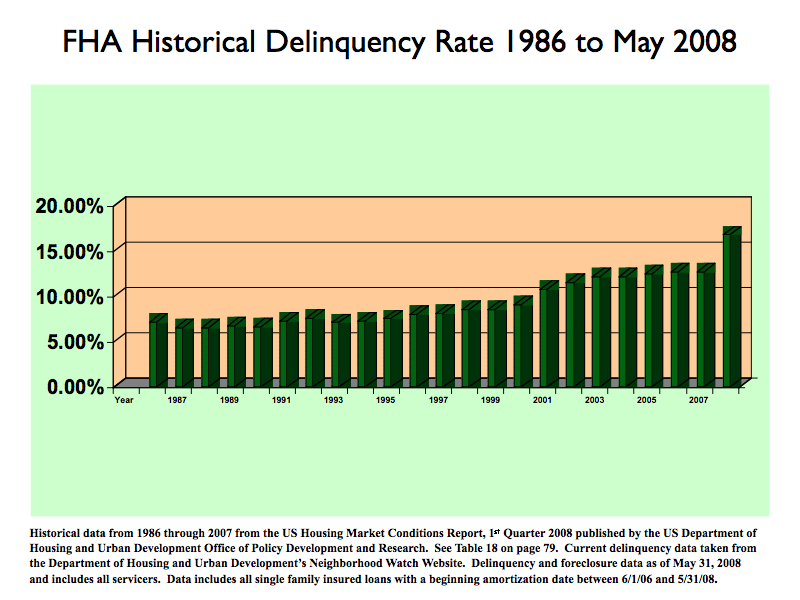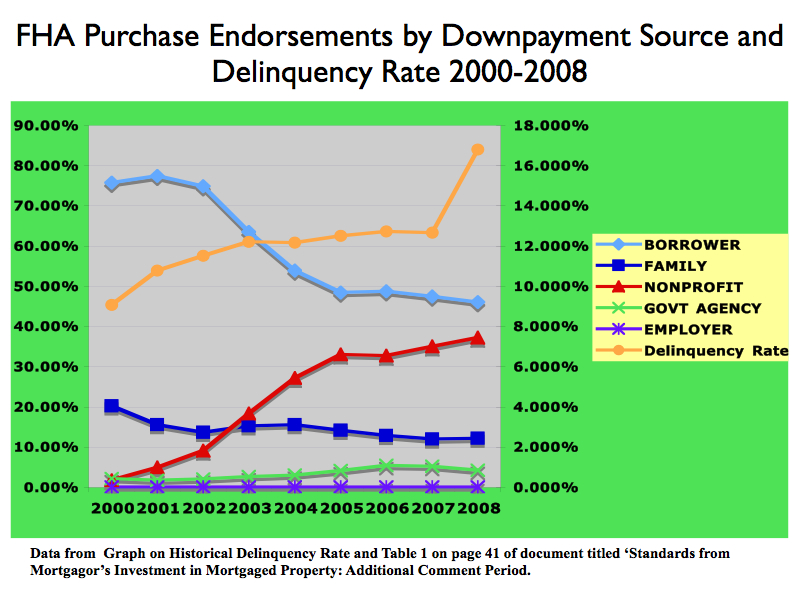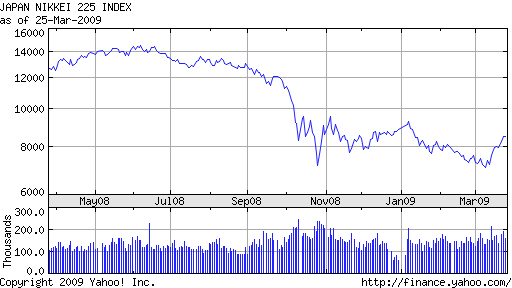 Should We Discount The Consensus?
Should We Discount The Consensus?
The debate on the outcome of bailouts and money printing continues. A review of some of the current thoughts on Fed and Governmental action predict different possible outcomes – none of them particularly desirable. When the consensus seems unanimous, maybe it’s time to discount the consensus?
The Marc Faber Interview by Peter Schiff
Marc Faber explains why bailouts and fiscal stimulus don’t work and are counterproductive to economic recovery. Inflating our way out of the financial crisis is seen as the only option by the government. Higher inflation will be negative for both bonds and equities.
The Marginal Productivity of Debt
New money creation will only cause a further drop in price levels and cause a further contraction in the economy since the marginal productivity of debt has turned negative. Bernanke’s flood of new money may cause something far worse than a depression.
Are we destroying capitalism by trying to save it? The diversion of capital to failed enterprises is a recipe for disaster as money moves to the weaker hands. What types of reform would foster an economic recovery?
Barack Obama as Herbert Hoover
How one small unanticipated event can trigger another depression.
Obama’s Auto Plan Gets Mixed Reviews
The administration’s first effort at ending the endless bailout cycle gets mixed reviews. Sometimes you just can’t win.
US Mint Suspends Production of More Gold Coins
For those seeking the safety of gold coins, more bad news as the US Mint further restricts the production of gold coins. Is the US Treasury seeking to limit the exchange of paper money into hard assets?
Does the explosive growth in the monetary base imply future uncontrollable inflation?



 New Appraisal Guidelines Effective April 1, 2009
New Appraisal Guidelines Effective April 1, 2009 Geithner Does It Again
Geithner Does It Again Is This What Volcker Had In Mind?
Is This What Volcker Had In Mind?